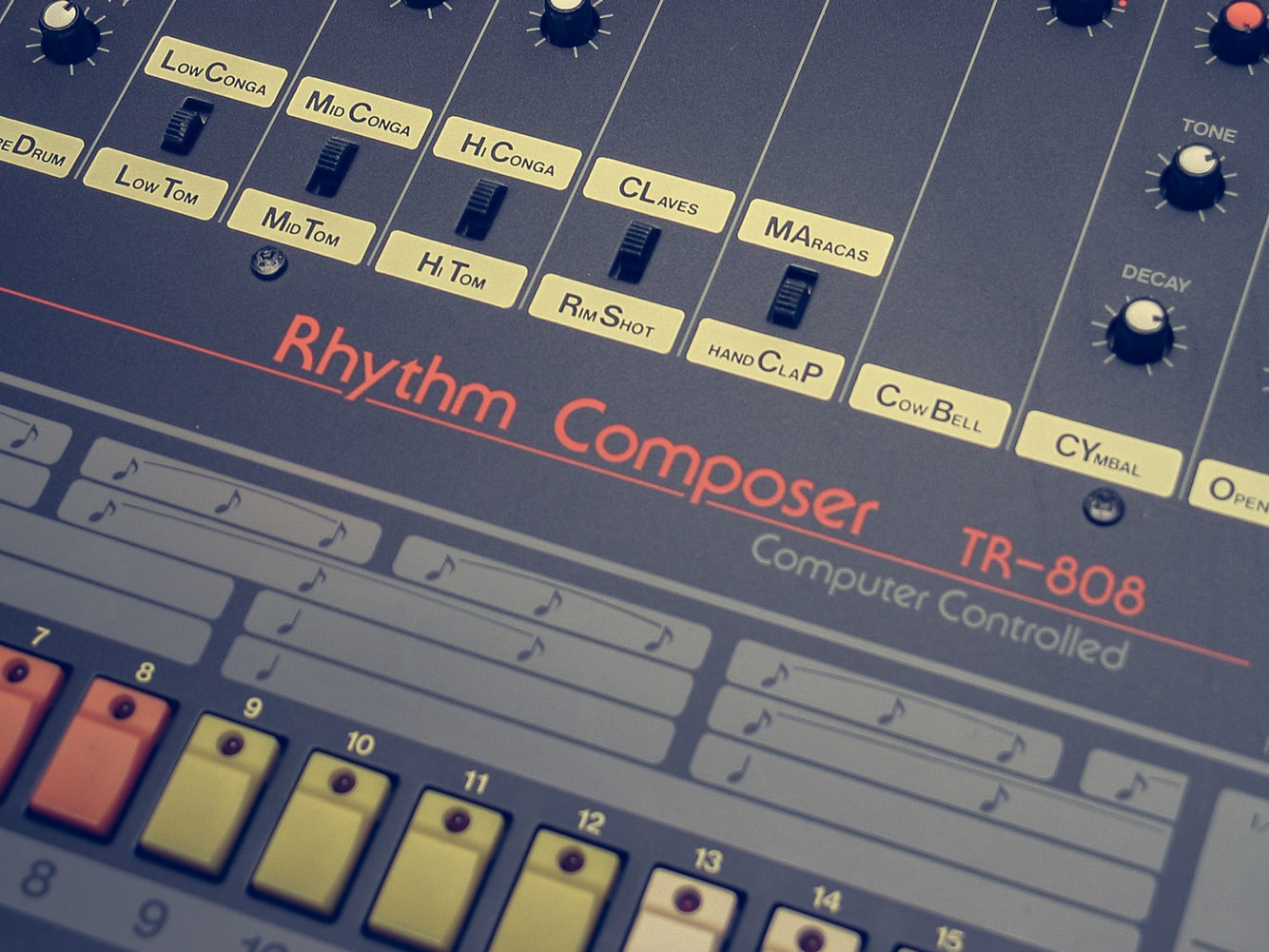Before the 1980s, drum machines were expensive pieces of equipment that needed entire rooms to operate. By the end of the decade, these machines would provide the soundscape for some of the world’s biggest artists including Michael Jackson, and Madonna. To put it simply: You can’t talk drum machines without starting with these incredible machines.
1. ROLAND TR-808
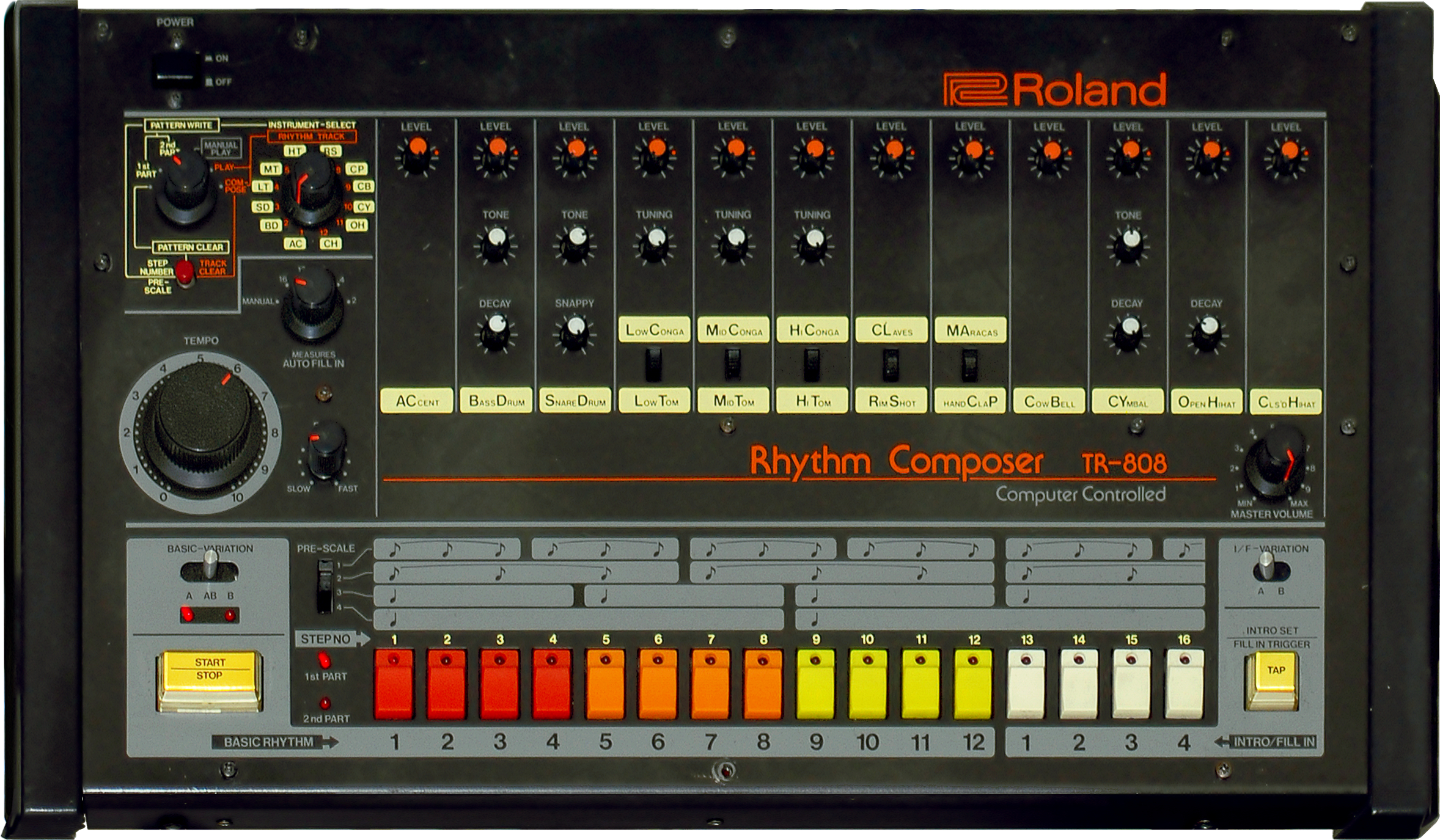 The TR-808 came to market in the ’80s which is also the same year its competitor the Linn LM-1 (manufactured by Roger Linn) touched down. The difference between the two stems from the TR-808’s generation of sound through synthesis vs. being pre-loaded with samples. The Difference? Synthesis meant that the 808 came with analog sounds that are deeper and fuller sounding than their digital counterparts. As a result, the 808 became heralded for its incredible drum sounds — specifically the 808 which has become a staple of music production popularized by the advent and spread of hip-hop globally in the ’90s.
The TR-808 came to market in the ’80s which is also the same year its competitor the Linn LM-1 (manufactured by Roger Linn) touched down. The difference between the two stems from the TR-808’s generation of sound through synthesis vs. being pre-loaded with samples. The Difference? Synthesis meant that the 808 came with analog sounds that are deeper and fuller sounding than their digital counterparts. As a result, the 808 became heralded for its incredible drum sounds — specifically the 808 which has become a staple of music production popularized by the advent and spread of hip-hop globally in the ’90s.
Fun Fact: The first commercial song to feature the TR-808 was Sexual Healing by Marvin Gaye!
2. Linn LM-1
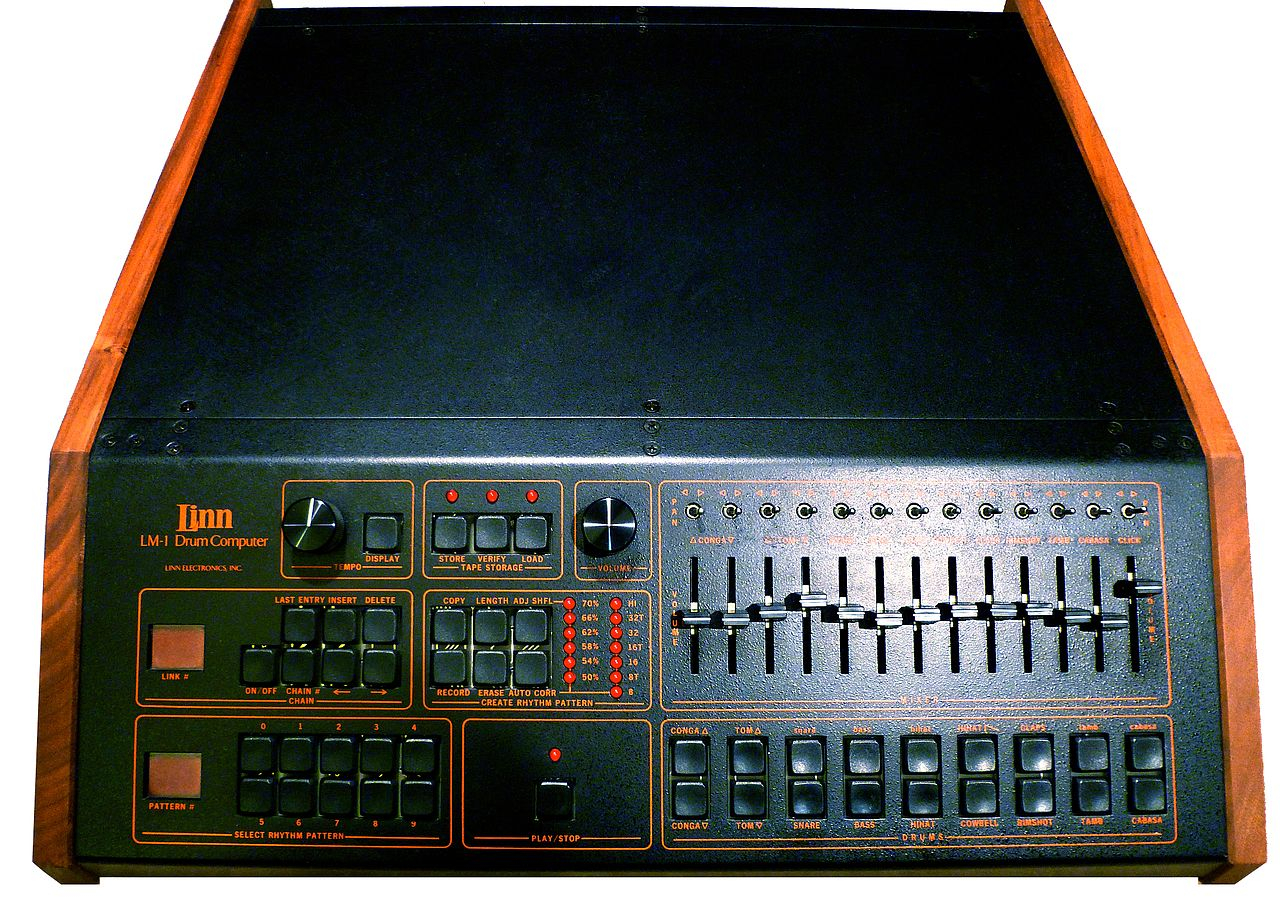
The LM-1 was the world’s first available drum machine that allowed for programmable sounds and unlike its predecessors, it featured REAL DRUMS. The LM-1 helped establish the sounds of pop artists including Michael Jackson, Stevie Wonder, and Prince making it a huge part of the sound of the 80s. It featured 12 8-bit 28KHz percussion sounds that were tunable, 13 stereo output, and introduced features including timing correct & swing (formerly known as “shuffle”).
Fun Fact: Only around 500 units of the Linn LM-1 were ever made. If you’ve got the plug, let us know!
3. THE MPC 60
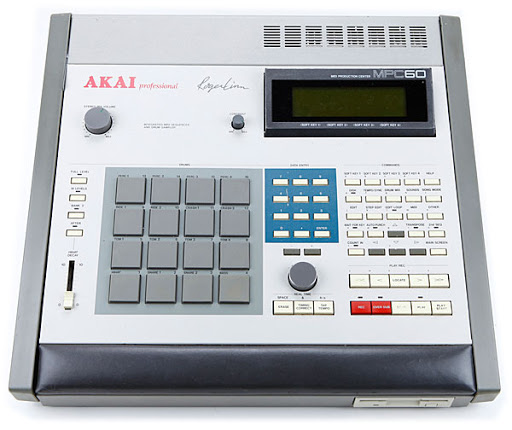
After successfully creating the LM-1 & the Linn Drum, Roger Linn partnered with the Japanese tech company Akai for what would become the first of many acclaimed Drum machines. Linn’s goal was simple enough: to create a drum machine affordable enough for people to use that didn’t require as much expertise as some of its more expensive counterparts.
And while by today’s standards the MPC 60 would be considered limited (using only 13 samples of sampling time, and floppy disks to save sounds) The impact of his creation can be seen throughout different genres, specifically in the hip-hop community where the MPC 60 become a legendary instrument in the sampling community and a favorite amongst producers dedicated to the Lofi sound of the 80s & 90s.
4. E-MU SP-1200
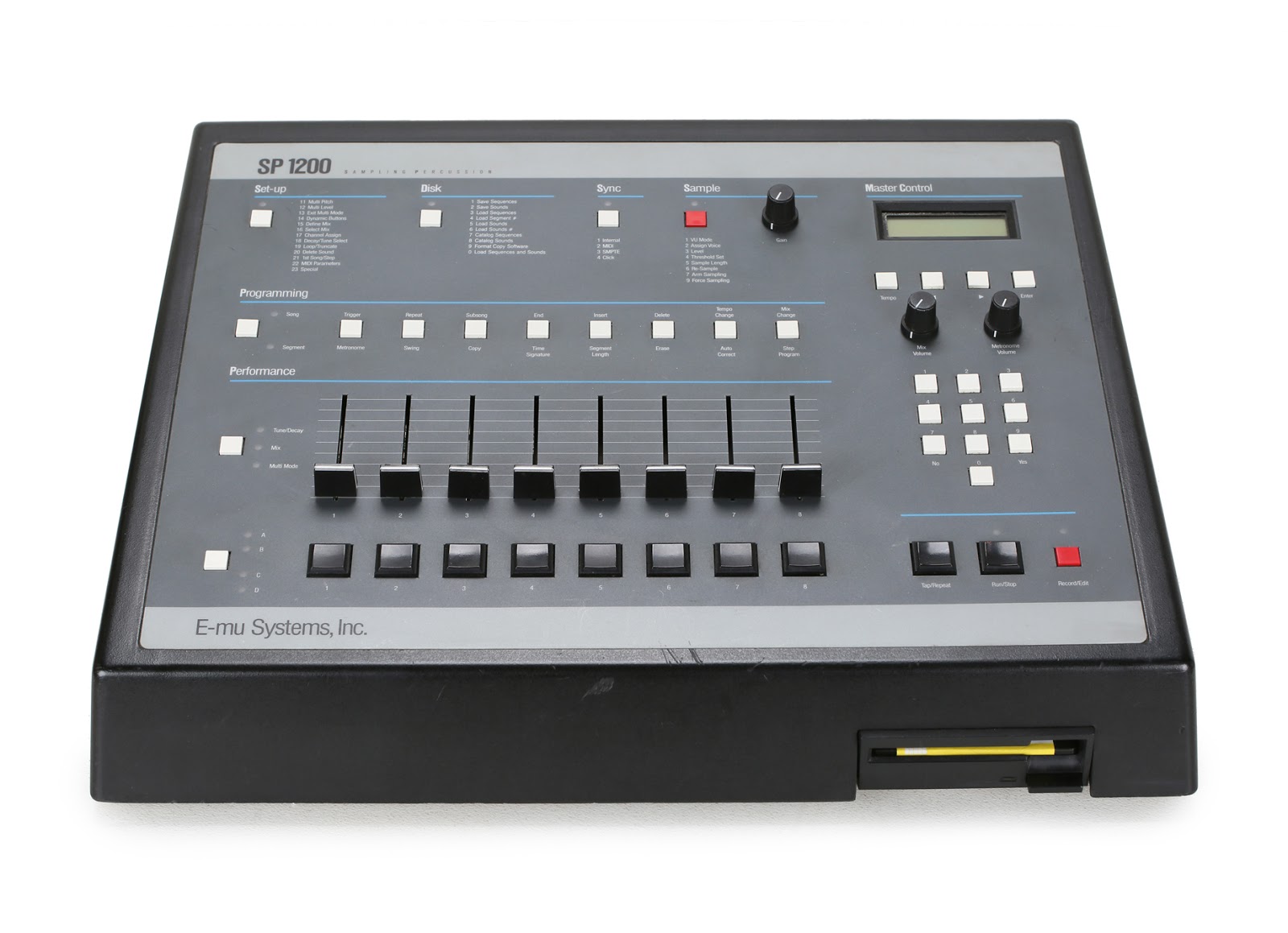 The SP-1200 is the successor to the E-mu’s SP12 and came with a few welcome improvements including a better sample rate (12bit, 26.04HZ) with 10 seconds of onboard sample time included. When it first hit the market it was priced at $15,000 and is heavily regarded as one of the first pieces of portable gear that producers could use to create most of their songs.
The SP-1200 is the successor to the E-mu’s SP12 and came with a few welcome improvements including a better sample rate (12bit, 26.04HZ) with 10 seconds of onboard sample time included. When it first hit the market it was priced at $15,000 and is heavily regarded as one of the first pieces of portable gear that producers could use to create most of their songs.
The SP-1200 is famous for its use by producers including RZA, Pete Rock, Mannie Fresh, etc., and is widely regarded as one of the best drum machines from the golden era.
MANNIE FRESH MAKING ‘NUMBER ONE STUNNA ON SP-1200
ICE CUBE ON THE SP-1200
Fun Fact: The Beasty Boys used the SP-1200 to sample the drums from Led Zepplin’s ‘When The Levees Break’ for their classic record ‘Rhymin & Stealin”
5. OBERHEIM DMX
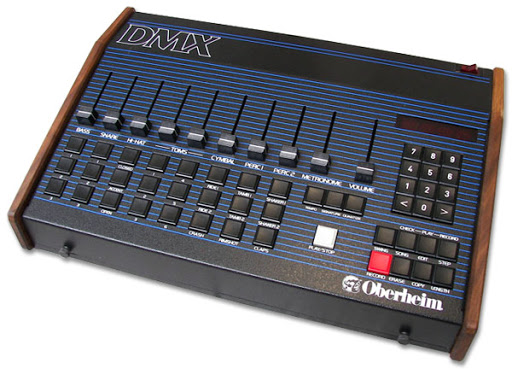
The DMX was the direct competitor of Roger Linn’s LM-101 and Oberheim hoped to improve upon the perceived shortcomings of the LM-1. Like the LM-1 the DMX used realistic drums and came equipped with 24 drum sounds for producers to experiment with. It’s most notable for its use on the New Day record Blue Monday, and for hip-hop acts including Slick Rick & Run DMC.
Fun Fact: DMX named himself after the Oberheim unit he used at the boy’s home he stayed in during his childhood.
And that’s the 80s! If we left off one of your personal favorites drop the name in the comment. We’ll check in with The 90s edition soon.
Peace.
